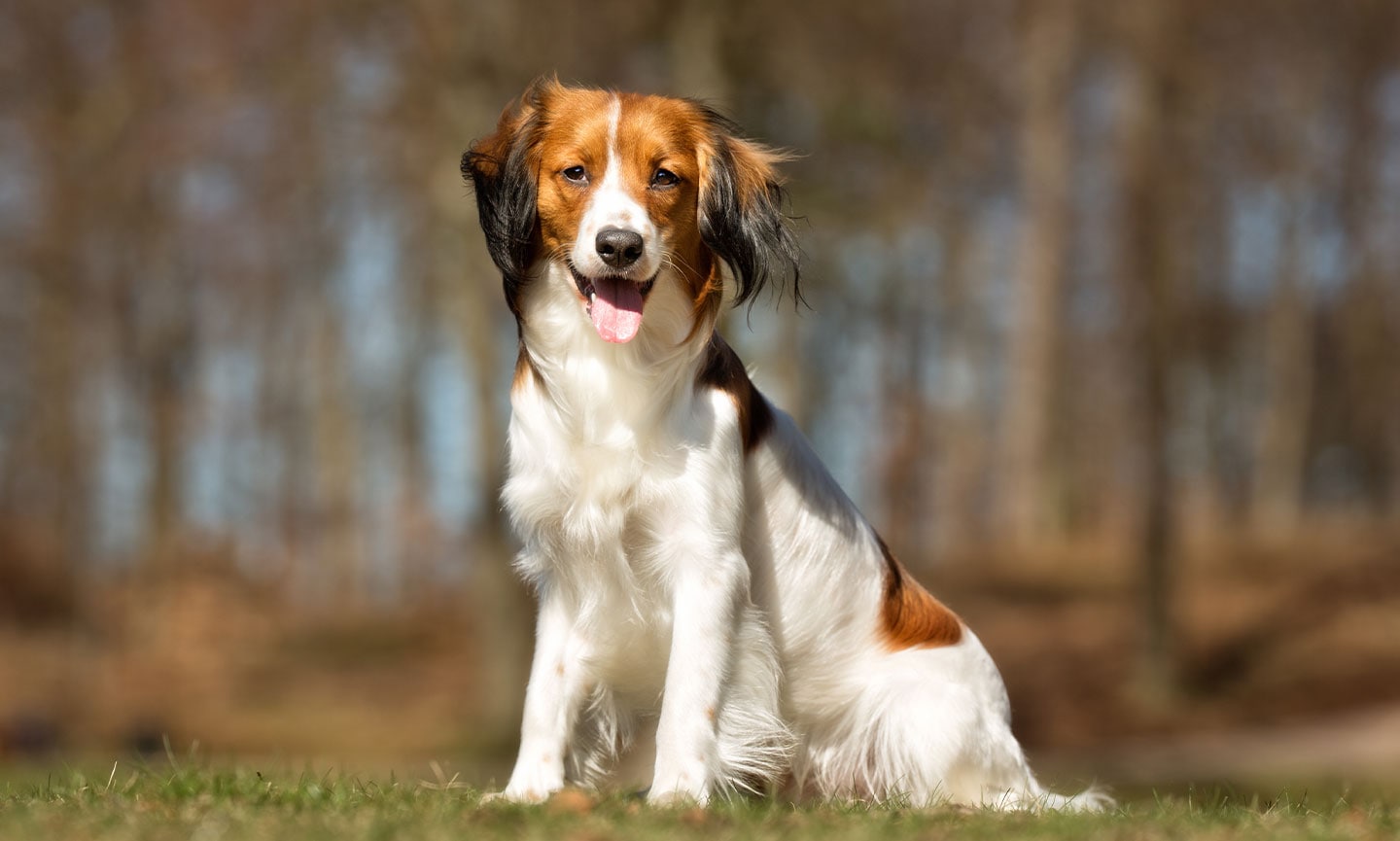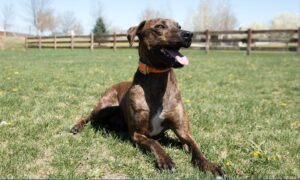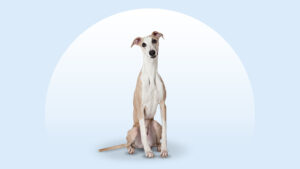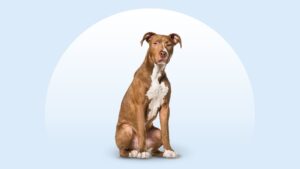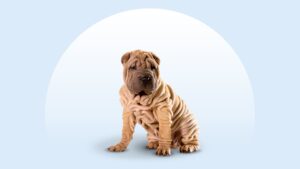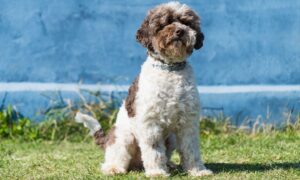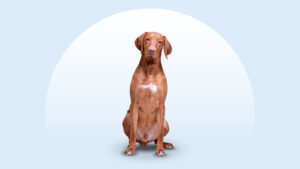Nederlandse Kooikerhondje
Updated May 5, 2025
Nederlandse Kooikerhondje
Updated May 5, 2025
A versatile and intelligent breed, the Nederlandse Kooikerhondje is best for active pup parents and families who have the time to give these pups the mental stimulation and regular exercise and training they need. This active, devoted dog thrives in homes with ample space to play and explore.
Delightful Doers, Carefree Yet Clever, Diligent, Devoted
Male: 20-30 pounds
Female: 20-30 pounds
Male: 15-17 inches
Female: 14-16 inches
12 to 15 years
White and Red
Always on the go? Don’t have time for mindless chitchat? Love crossing things off your to-do list? The Nederlandse Kooikerhondje just may be your soulmate (and just may have the longest name of all the dog breeds!). Pronounced ney-der-lan-dsuh koy-ker-hoon-tyeh (which means “decoy man” in Dutch), these pups are happiest when they have a job to do. When you don’t give them one, they’ll get bored—fast. And like a little kid, they’ll lay on your sofa whining, “Bored. Bored. Bored. OMG, bored!” So, grab your backpack and hit the road—this little pup just may be your new raison d’être.
Nederlandse Kooikerhondje Characteristics
Nederlandse Kooikerhondje Appearance
You can’t help but fall in love as soon as you lay your eyes on a Nederlandse Kooikerhondje dog. Boasting an amazing, autumn-inspired coat of orange-red and white, these pups were built for speed and agility. (They were bred to hunt and need to be fast to catch their quarry.) Their white-plumed tail, black-tipped ears and dark little nose complete the picture-perfect package.
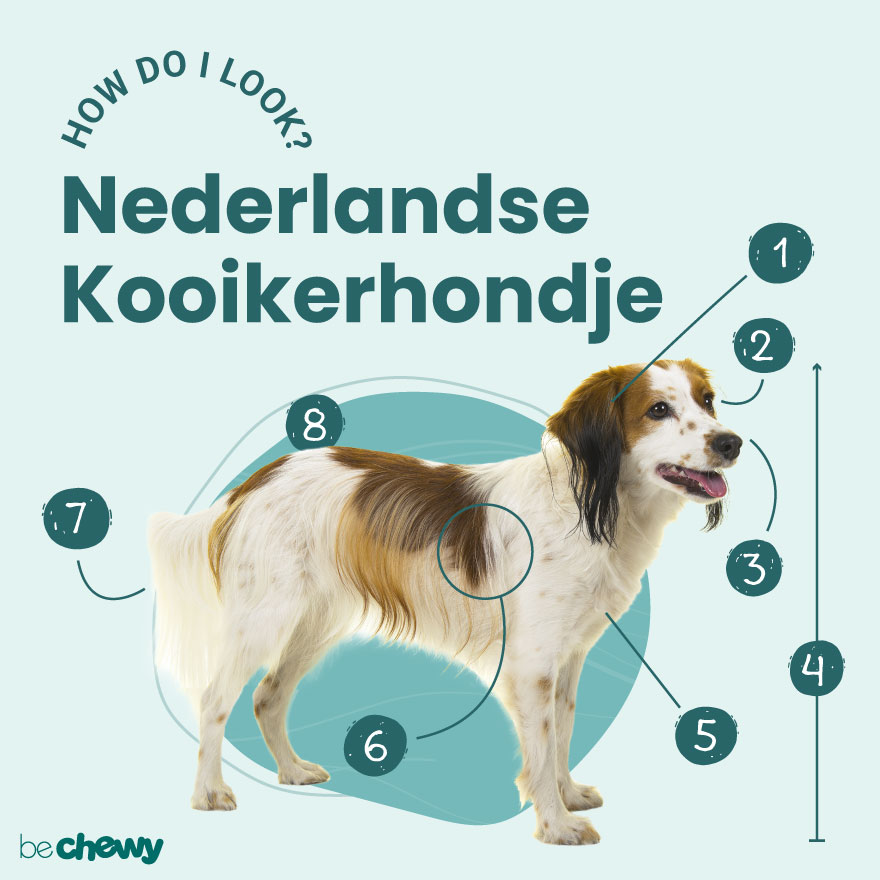
- Ears
Their ears may be delicate, but they are adorned with dark-tipped hair, known as “earrings." It's a fitting accent to their sultry rich fur and loving gaze.
- Eyes
They have almond-shaped, dark brown eyes that are friendly, alert and strikingly inquisitive. It's been said they look at you with an eager look that asks, “What can I do for you?"
- Nose
Nederlandse Kooikerhondje's tiny black noses are a cliche—"as cute as a button"—but they serve a big purpose. The breed excels at scent work.
- Coat Length
You'll want to nuzzle up to their medium-length, slightly wavy hair that's super soft, especially around the hug zone.
- Coat Color
The Nederlandse Kooikerhondje dog's splendid coat is a crisp combination of an autumnal orange-red color offset by a white stripe on their nose (aka blaze) and plumed white tail. Fittingly, the royal colors in the Netherlands (where the dog comes from) are orange and white. It's no wonder why many Dutch lovers of the breed consider the Nederlandse Kooikerhondje "their" royal dog.
- Tail
One of their signature traits is their lavishly feathered, white tail that happily swishes to express their love for their family.
Nederlandse Kooikerhondje Temperament
From the minute you bring your Nederlandse Kooikerhondje puppy home, socialization is important—and will be a lifelong staple. They shower their friends and family with love and want to stay as close as possible, often lying on their feet. But they follow the “stranger danger” mentality, which is why it’s important to properly introduce them to all newcomers (both two- and four-footed). Puppy “mouthing” and biting are also 100 percent to be expected, but with proper training and socialization, they fade away as they grow up.
Your Kooiker will match you wit for wit. At times, you may look into those expressive eyes and see a challenge brewing. (Just who’s really in charge here?) Just like a parent would when a child starts testing them, a pup parent needs to stay firm and not be swayed by their cuteness. Your ultimate goal is to make sure your pup knows you’re protecting them and not the other way around.
Kooikers need to be busy, and they love it when you give them a job to do. (You can often accomplish this through involving them in dog sports such as agility, obedience and tracking.) But be warned: If you don’t give them a job to do, they will create their own. And it may involve demolition duty.
How to Care for a Nederlandse Kooikerhondje
The Nederlandse Kooikerhondje breed is pretty—and pretty easy to care for. To control shedding, your brushing routine only needs to show up once a week on your to-do list. In addition, their au naturel, untrimmed coat will require only an occasional scrub-a-dub-dub—often in the form of a rinse-off—which is great, ’cause you’ll be spending all that extra time in training and exercising your delightful pup.
Grooming
Training
Diet
Exercise
Environment
Nederlandse Kooikerhondje Health
Nederlandse Kooikerhondjes have a lifespan of 12-15 years and, like most any other breed, are susceptible to a few hereditary conditions. It’s a good idea to be aware of these health problems, so you can help your pup live a full and happy life.
- Von Willebrand Disease (VWD): This is a genetic disorder that prevents a dog from clotting blood properly, which can lead to excessive bleeding if injured. There is no cure for VWD, but genetic screening testing is available. In everyday life, most pups are asymptomatic, but in cases of trauma or surgery, blood transfusions may be necessary.
- Hereditary Necrotizing Myelopathy (ENM): This is a degenerative spinal disease, similar to MS in humans. An early sign of ENM paralysis in the hind legs. There is currently no cure for ENM, and the disease is fatal, but genetic screening testing is available.
- Luxating Patella: This condition is when the knee slips out of its groove. Depending on the severity, it may be treated through weight management, physical therapy, pain medications or surgery.
- Hip Dysplasia: Hip dysplasia is a condition when the hip joint wasn’t formed properly and causes pain and lameness. Treatment options include joint supplements, pain medication or, in severe cases, surgery.
- Polymyositis (PMN): In this disease, the muscles become inflamed, which causes muscle damage. Signs include lethargy, weakness, weight loss and lameness. There is no cure, but it can often be managed with steroids and immunosuppressants.
- Epilepsy: Seizures consistent with epilepsy can begin at 6 months to 5 years of age. Treatment is typically daily oral medication.
Nederlandse Kooikerhondje History
The Nederlandse Kooikerhondje originated in the Netherlands, possibly dating as far back as the 1700s—you can find them in paintings by Rembrandt and Jan Steen. These plucky pups were bred for duck hunting and were called duck decoys—but not because they look like the wooden lures used by hunters today. They were (and still are) used by hunters to lure ducks through elaborate “canal cages” called eendenkooi (“duck cages” in Dutch) into traps. Kooikers also alerted their families to poachers on the property and kept the property free of vermin. It’s a similar job to that of the Nova Scotia Duck Tolling Retriever, the North American breed said to be descendants of the Kooiker.
Because of their heritage, Kooikers are often referred to as Dutch spaniels. The breed nearly died out after World War I, when more accurate rifles were available to duck hunters. But the breed was saved by Baroness von Hardenbroek van Ammerstol in the late 1930s, when she sought out the little dogs throughout the Dutch countryside and brought them back from the brink of extinction. The Dutch are so attached to their canine counterpart that they’ve kept a breeding registry of all the litters bred since 1942.
The first Nederlandse Kooikerhondje litter was born in the US in 1999, and the Nederlandse Kooikerhondje Club of the United States was formed in 2014. The breed officially joined the ranks of the American Kennel Club in 2018.
Where can you find a Nederlandse Kooikerhondje puppy? You can find reputable breeders on the AKC’s website. What’s the average price for a Kooiker puppy? You can expect to spend between $1,000-$5,000 for a Kooiker puppy. But for that price, you’re likely getting a pup who’s been screened for health and temperament issues and may come with pedigree papers. You can also contact Nederlandse Kooikerhondje rescues, or keep an eye out for the breed at your local animal shelter.
FAQs
How do you pronounce Kooikerhondje?
Are Kooikerhondjes good family dogs?
Are Kooikerhondjes hypoallergenic?
How big can a Kooikerhondje get?
Are Kooikerhondjes rare or extinct?
Expert input provided by Dr. Natalie L. Marks, DVM, CVJ, VCA Blum Animal Hospital, Chicago, Illinois, and a host of TopVetsTalkPets.com; Dr. Rachel Barrack, DVM, CVA, CVCH, founder of concierge veterinary practice Animal Acupuncture; Nancy P. Melone, Ph.D., is the chair of the Nederlandse Kooikerhondje Club of the USA Health and Genetics Committee; Rendy Schuchat, M.A., owner/founder and certified head dog trainer at Anything Is Pawzible; Eileen Koval, CDBC, CBCC-KA, CPDT-KA, of Confident Canines LLC; Jody Haas-Wolfson, CPDT-KA, who holds a double master’s in behavior from Washington University, is Fear-Free-certified, and serves as a behaviorist-trainer and owner of ROOT Dog Training in Northbrook, Illinois; and Lucinda Paganin, Breeders Committee Chair and Vice President of Nederlandse Kooikerhondje Club of the USA.
Breed characteristic ratings provided by veterinarian Dr. Sarah J. Wooten, DVM, CVJ, a veterinarian at Sheep Draw Veterinary Hospital in Greeley, Colorado; dog trainer and behavior consultant Irith Bloom, CPDT-KSA, CBCC-KA, CDBC, owner of The Sophisticated Dog, LLC, in Los Angeles; and certified animal behavior consultant Amy Shojai, CABC, in Sherman, Texas.
The health content was medically reviewed by Chewy vets.
